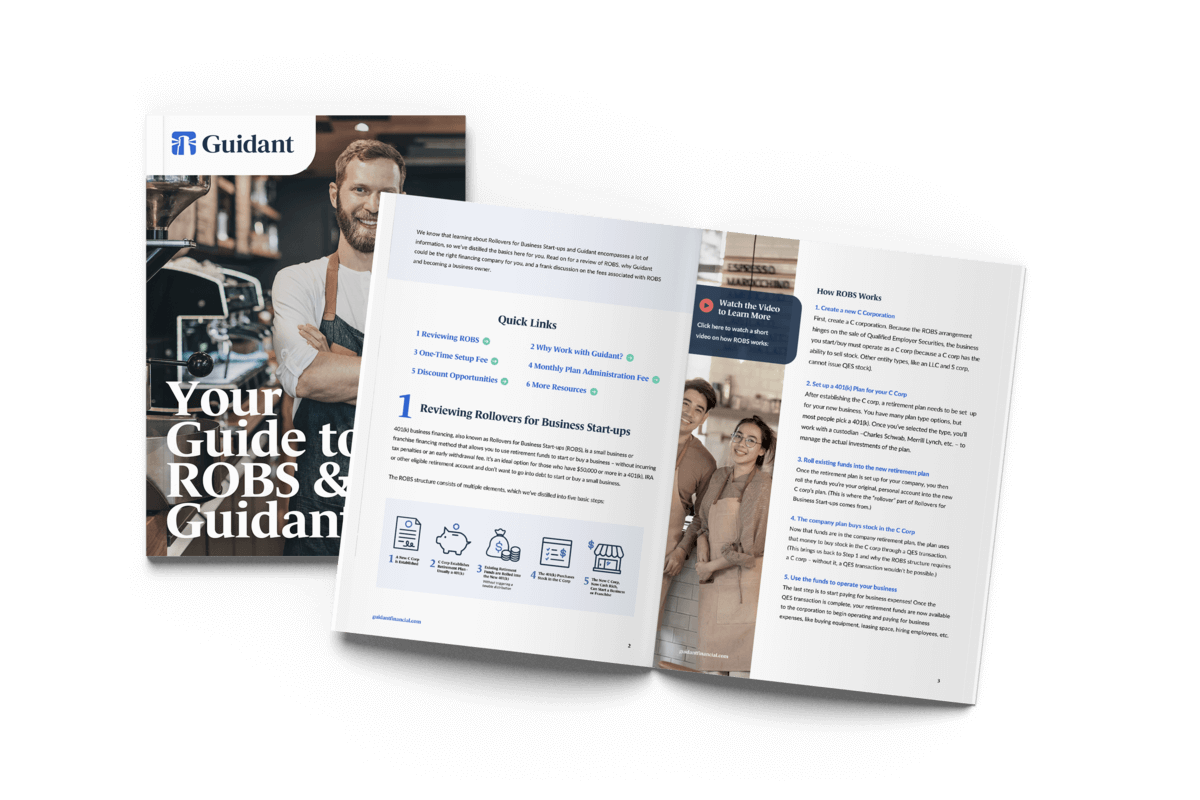Understanding Balance Sheets — Assets, Liabilities, and Equity

The balance sheet shows the financial position of your company at a given point in time: month-end, quarter-end, or year-end. Potential investors often review balance sheets, which can also be required by potential lenders to determine the company’s worth and overall financial management. Both investors and lenders use balance sheets to determine how you utilize your financial resources and liquidity to build value or pay off debts.
A balance sheet is set up to show three main categories at a glance: 1) your business’s assets (what you own), 2) your business’s liabilities (what you owe), and 3) your equity.
This is often represented as an equation:
Liabilities + Equity = Assets
Both sides of the equation must balance. The assets on a balance sheet are usually divided into current and noncurrent (long-term) assets. Current generally means these assets are readily liquidable within a year.
Current assets may include:
- Cash and cash equivalents
- Accounts receivable
- Inventory
- Any prepaid expenses
- Marketable securities
Noncurrent assets may include:
- Property
- Equipment
- Intellectual property
- Brands
- Trademarks/copyrights
- Goodwill
Liabilities, similarly, are usually divided into current and noncurrent. Current generally means any payment is due within a year.
Current liabilities can include:
- Accounts payable
- Credit card payable
- Payroll expenses payable
- Rent or mortgage payable
- Loan payable due within a year
- Other accrued expenses that needs to be paid within a year
Noncurrent liabilities are amounts owed over a period longer than a year.
Noncurrent liabilities might include:
- Loan payable due after next 12 monthss
- Leases payable due after next 12 months
- Deferred tax liabilities
Equity is what remains after the total liabilities are subtracted from the total assets. For example, if you purchased a vehicle for $60K and have a vehicle loan balance of $20k, your equity is $40k.
Pre-Qualify Today!
















